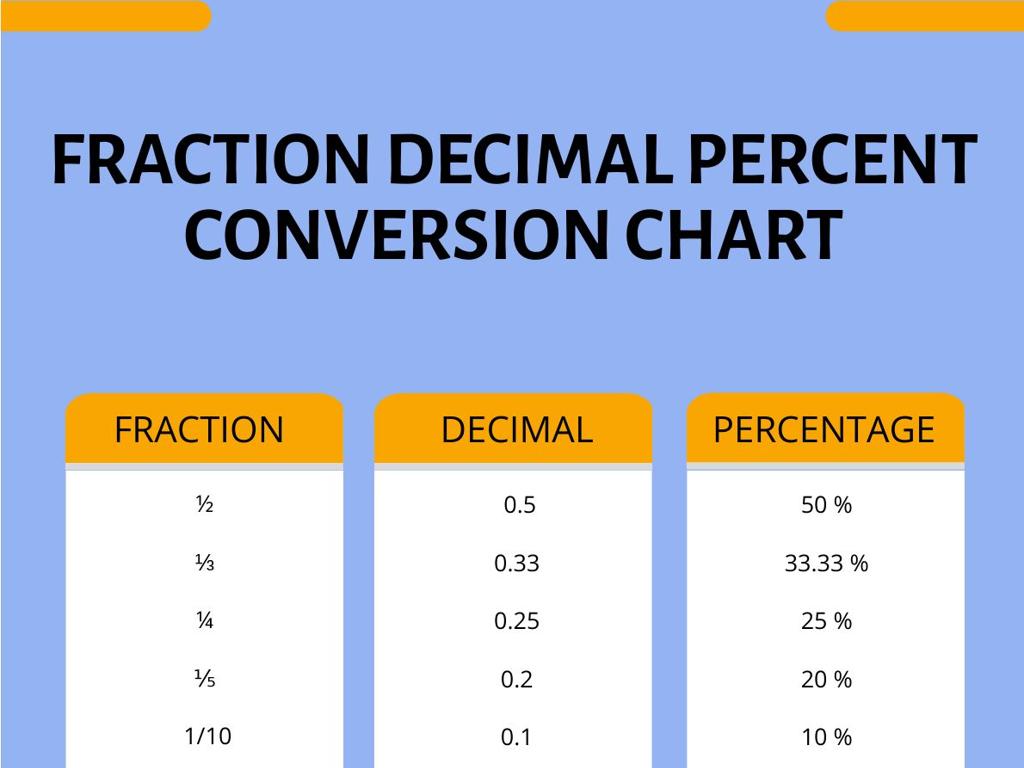Interpret Bar Graphs
Subject: Math
Grade: Fourth grade
Topic: Data And Graphs
Please LOG IN to download the presentation. Access is available to registered users only.
View More Content
Interpreting Bar Graphs
– Learn to read bar graphs
– Interpret data on graphs
– Look at the height of bars to understand quantities
– Importance of graph skills
– Graphs help us make sense of numbers and see patterns
– Real-life graph applications
– Use graphs to compare sales, weather, or class test scores
|
Today’s lesson focuses on bar graphs, a visual tool for representing data. Students will learn how to read the height of the bars to compare quantities. Emphasize the importance of understanding graphs as a skill to interpret information quickly and effectively. Discuss how graphs are used in real life, such as in comparing sales figures, analyzing weather patterns, or understanding the distribution of test scores in class. Encourage students to think of questions they might answer using bar graphs and to consider how these visual representations make complex data more accessible.
Understanding Bar Graphs
– Bar graphs display data visually
– It’s like a picture showing numbers and information
– Bars show different values
– Taller or longer bars mean bigger numbers
– Each bar represents a data category
– One bar could be ‘number of apples’, another ‘number of oranges’
– Comparing data with bar graphs
|
Introduce the concept of bar graphs to the students by explaining that they are a way to show information in a picture form with bars that can be easily compared. Emphasize that the height or length of the bar indicates the size of the number it represents, making it simple to see which categories have more or less. Use everyday examples like comparing the number of different fruits in a basket to make it relatable. Encourage students to think about why visual representation of data might be helpful and how it can make comparing numbers easier and clearer.
Parts of a Bar Graph
– Graph Title: What’s the graph about?
– Like a book title, it gives us the topic of the graph.
– Axis: X-axis and Y-axis
– The two perpendicular lines where we plot our data points.
– Labels: Describing data categories
– Words or numbers that explain what the bars stand for.
– Bars: Visual representation of data
– Each bar’s height or length shows the data amount.
– Scale: Range of values
– Helps us understand the value each bar represents.
|
This slide introduces the basic components of a bar graph, which is a visual tool for representing data. The title of the graph provides a clear indication of what information the graph will present. The axes are the foundation of the graph, with the horizontal axis typically representing the categories being compared, and the vertical axis representing the values. Labels are crucial for clarity, allowing viewers to understand what each bar signifies. The bars themselves are the core of the graph, visually illustrating the data in an easy-to-compare format. Lastly, the scale is necessary to quantify the data each bar represents, which can vary depending on the range of the dataset. Encourage students to identify these parts on example graphs and to understand their purpose in conveying information effectively.
Reading a Bar Graph
– Learn to read scale and labels
– The scale shows the value each bar measures, and labels tell us what they stand for.
– Compare bar lengths to understand data
– Longer bars show greater amounts; shorter bars show lesser amounts.
– Discover what each bar represents
– Each bar corresponds to a specific category or group in our data set.
– Interpret data with confidence
|
This slide is aimed at teaching students how to effectively read and interpret bar graphs. Start by explaining the importance of the scale and labels, as they provide the context needed to understand the graph. Then, demonstrate how to compare the lengths of the bars to determine which categories have higher or lower values. Emphasize that each bar is a visual representation of data, making it easier to compare different categories at a glance. Encourage students to practice by interpreting example bar graphs and discussing their observations. This will help solidify their understanding of how bar graphs function as a tool for data representation.
Interpreting Bar Graphs
– Understanding bar graph information
– What story does the graph tell us?
– Identifying highest and lowest values
– Look for the tallest and shortest bars
– Comparing different categories
– See which bars are close in height
– Analyzing data differences
– Notice how much higher or lower the bars are
|
This slide aims to teach students how to extract meaningful information from bar graphs. Start by explaining that bar graphs represent data visually and can tell us a story about the information. Encourage students to identify which category is represented by the tallest bar (highest value) and the shortest bar (lowest value). Discuss how to compare the heights of the bars to understand the relationship between different categories. Finally, guide students to analyze the data by looking at the differences in bar heights to draw conclusions. Use examples of bar graphs that are relevant and engaging for fourth graders, such as favorite school lunch items or number of pets owned by classmates, to make the lesson interactive and relatable.
Interpreting Bar Graphs: Classroom Pets
– Example: Bar graph of classroom pets
– A visual representation of different pets owned in class
– Find the most and least popular pets
– Compare the heights of bars to see popularity
– Discuss the graph’s usefulness
– How can this information help us?
– Engage with the data
|
This slide introduces students to the concept of interpreting data through bar graphs, using the relatable example of classroom pets. Start by showing a bar graph depicting various pets and the number of students owning each type. Guide the students to identify the tallest bar indicating the most popular pet and the shortest bar for the least popular. Discuss with the class why understanding this information is valuable for instance, it could help in making decisions about which pets to bring for show-and-tell or what kind of pet-related activities to plan. Encourage students to think critically about the data and what other information they can infer from the graph.
Creating Our Own Bar Graphs
– Collect class favorite fruit data
– Ask classmates for their favorite fruit and tally the results
– Choose scale and categories for graph
– Decide how many units each bar should represent
– Draw bars to represent our data
– Color in the bars to match the number of votes for each fruit
– Review and interpret the graph
|
This slide is designed to guide students through the process of creating their own bar graphs, a practical application of interpreting bar graphs. Start by gathering data on favorite fruits from classmates, which involves counting and recording responses. Next, decide on the scale (e.g., 1 bar = 2 votes) and categories (different fruits) for the graph. Students will then fill in the bars corresponding to the data collected, using the scale decided upon. Once the graph is complete, review it as a class to interpret the results, discussing which fruit is most or least popular and why. This activity will help solidify their understanding of bar graphs and how they are used to represent data visually.
Class Activity: Favorite Sports Bar Graph
– Collect class favorite sports data
– Create a bar graph with the data
– Use bars to represent the number of votes for each sport
– Present and explain your graph
– Share what the graph indicates about class preferences
– Discuss what the graph reveals
– Are some sports more popular than others?
|
This interactive class activity is designed to help students understand how to collect data and represent it visually using a bar graph. Divide the class into small groups and have each group survey their classmates to find out their favorite sports. Each group will then create a bar graph based on the data they’ve collected, with the x-axis representing the different sports and the y-axis showing the number of students who favor each sport. Once the graphs are created, each group will present their findings to the class, explaining what their graph shows about the class’s sports preferences. This will help students practice their presentation skills and interpretation of data. For the teacher: Prepare a list of sports for students to choose from to streamline the data collection process. Ensure that each group has graph paper and coloring materials to create their bar graphs. You can also provide examples of bar graphs for reference. After presentations, lead a discussion on what the graphs reveal about the class’s favorite sports and why visual representation of data is important.
Conclusion: Understanding Bar Graphs
– Recap: Interpreting bar graphs
– Review key steps: title, labels, scale, and bars
– Importance of graph literacy
– Graphs help us visualize data for better decisions
– Share interesting findings
– Did you discover anything surprising in the data?
– Open floor for questions
|
As we wrap up, let’s review the key components of interpreting bar graphs: understanding the title for context, reading the labels for clarity on what is being measured, recognizing the scale for accurate data interpretation, and analyzing the bars to compare quantities. Emphasize the importance of graph literacy in various aspects of life, such as in science, business, and even sports, where making informed decisions often relies on interpreting data correctly. Encourage students to share any interesting observations they made while working with bar graphs. Finally, open the floor for any lingering questions to ensure that all students are confident in their ability to interpret bar graphs.






